ISO 639-2 niu Glottolog niue1239 | ISO 639-3 niu | |
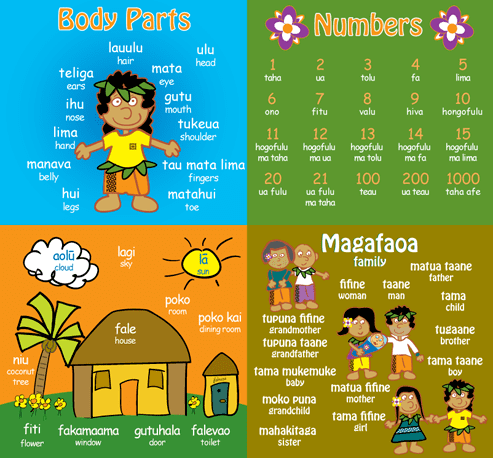 | ||
Language family AustronesianMalayo-PolynesianOceanicPolynesianTongicNiuean Similar Moriori language, Māori language, Penrhyn language | ||
Church looks to revitalise declining number of niuean language speakers
Niuean /njuːˈeɪən/ (Niuean: ko e vagahau Niuē) is a Polynesian language, belonging to the Malayo-Polynesian subgroup of the Austronesian languages. It is most closely related to Tongan and slightly more distantly to other Polynesian languages such as Māori, Sāmoan, and Hawaiian. Together, Tongan and Niuean form the Tongic subgroup of the Polynesian languages. Niuean also has a number of influences from Samoan and Eastern Polynesian languages.
Contents
- Church looks to revitalise declining number of niuean language speakers
- Speakers
- Dialects
- Phonology
- Vowels
- Rearticulation
- Syllable structure
- Stress
- Glottal stop
- Orthography
- Alphabet
- History
- Typology
- Pronouns
- Numbers
- Morphology
- Suppletion
- Reduplication
- Affixes
- Compound words
- References
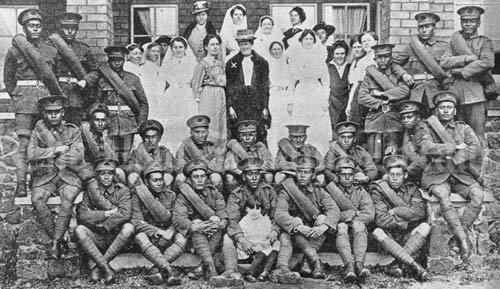
Speakers
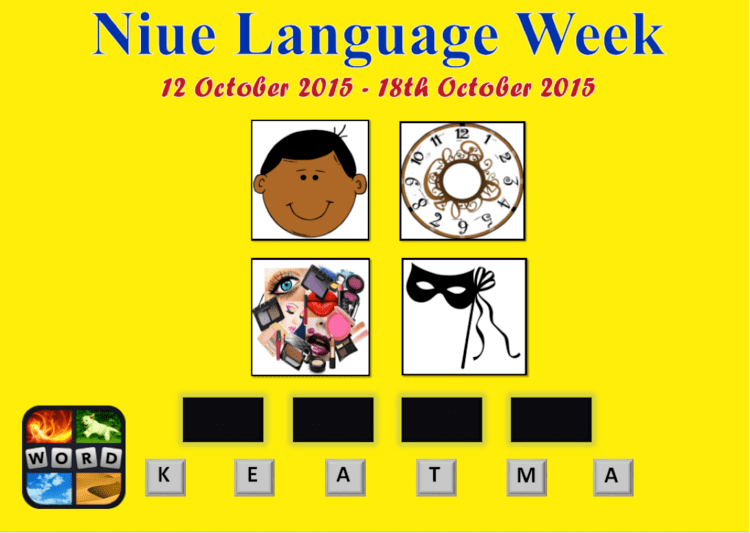
Niuean was spoken by 1600 people on Niue Island (97.4% of the inhabitants) in 1991, as well as by speakers in the Cook Islands, New Zealand, and Tonga, for a total of around 8,000 speakers. There are thus more speakers of Niuean outside the island itself than on the island. Most inhabitants of Niue are bilingual in English.
In the early 1990s 70% of the speakers of Niuean lived in New Zealand.
Dialects
Niuean consists of two main dialects, the older Motu dialect from the north of the island and the Tafiti dialect of the south. The words mean, respectively, the people of the island and the strangers (or people from a distance).
The differences between the dialects are mainly in vocabulary or in the form of some words.
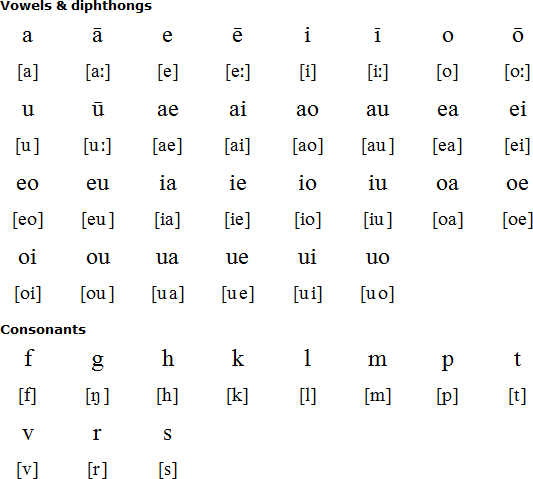
Examples of differences in vocabulary are volu (Tafiti) vs matā (Motu) for scrape, scraper and lala (Tafiti) vs kautoga (Motu) for guava (plant); examples of differences in form include hafule (T) / afule (M), aloka/haloka, nai/nei, ikiiki/likiliki, and malona/maona.
Phonology
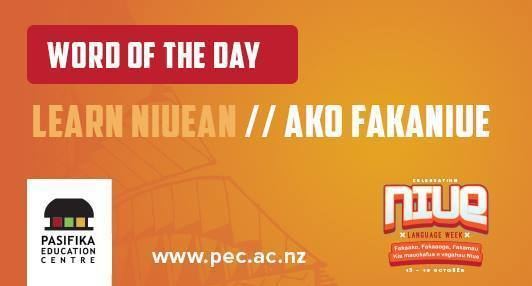
[s] is an allophone of /t/ before front vowels (both long and short /i/ and /e/; this most likely arose from the affrication of /t/ to [ts] before these vowels and subsequent change of [ts] to [s]. While older foreign borrowings (such as tī from English tea) underwent this change along with (or perhaps by analogy with) native words, words borrowed into Niuean after this development retain the original [t] (for example, telefoni and tikulī from telephone and degree).
/r/ and /s/ are marginal phonemes, only appearing in foreign borrowings. Some speakers substitute [l] and [t], respectively.
Vowels

Vowel length is distinctive in Niuean; vowels are either long or short. Furthermore, two adjacent identical vowels (whether short-short, short-long, long-short, or long-long) form a rearticulated vowel; the sound is distinct from one long vowel.
Both short and long vowels can occur in any position.
All short vowels may combine with one another to form diphthongs. The possible diphthongs are:
Rearticulation

Rearticulation is the separate pronunciation of two adjacent vowels, as opposed to diphthongs which are written as two letters but pronounced as one sound. These two vowels may be the same or be different ones.
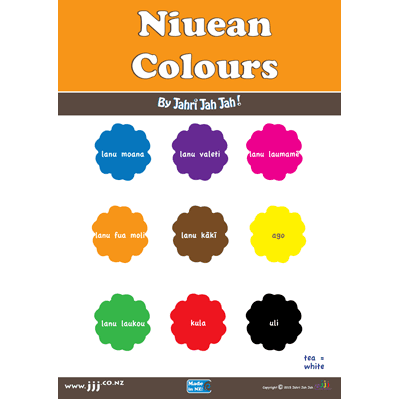
Rearticulation typically occurs across morpheme boundaries, for example, when a suffix ending with a vowel comes before a root beginning with that same vowel. It may also occur, rarely, within monomorphemic words (words that consist of only one morpheme) as a result of the elision of a historical intervocalic consonant.

Two adjacent identical short vowels are always rearticulated, as are combinations of any two long vowels or a short and a long vowel; two adjacent different short vowels may be rearticulated or form a diphthong, and this has to be determined from the Morphology or history of the word.
Syllable structure
The basic structure of a Niuean syllable is (C)V(V); all syllables end in a vowel or diphthong, and may start with at most one consonant. Consonant clusters in borrowed words are broken up with epenthetic vowels, e.g. English tractor becomes tuleketā.
Stress
The stress on a Niuean word is nearly always on the penult (second-to-last syllable), though multi-syllable words ending in a long vowel put primary stress on the final long vowel and secondary stress on the penult. Long vowels in other positions also attract a secondary stress.
Glottal stop
The Niuean language does not contain the glottal stop which is present in its closest relative, Tongan; this has caused some distinct words to merge. For example, Tongan taʻu year and tau fight have merged in Niuean as tau.
Orthography
Niuean orthography is largely phonemic; that is, one letter stands for one sound and vice versa.
Alphabet
The traditional alphabet order, given with the traditional names of the letters, is ā, ē, ī, ō, ū, fā, gā, hā, kā, lā, mō, nū, pī, tī, vī, rō, sā. Note that rō and sā as introduced letters are ordered at the end.
Sperlich (1997) uses an alphabetical order based on English for his dictionary: a, ā, e, ē, f, g, h, i, ī, k, l, m, n, o, ō, p, s, t, u, ū, v (r is left out since no words start with this letter). He recommends that consonants be named consistently with a following ā: fā, gā, hā, kā, lā, mā, nā, pā, tā, vā, rā, sā.
Vowel length can be marked with a macron; however, this is not always done.
History
The introduction of writing to Niue was closely associated with the spread of Christianity, brought by missionaries who received their education in Samoa. This historical context has resulted in some Samoan influences on Niuean language structure, including morphology, grammar, and notably, spelling conventions. Similar to Samoan, the /ŋ/ sound in Niuean is represented by the letter 'g,' diverging from the 'ng' notation common in Tongan and several other Polynesian languages that feature this phoneme. While McEwen's 1970 dictionary adopted the 'ng' spelling, this particular aspect of his orthography did not gain widespread acceptance, especially because it differed from the spelling conventions of the Niuean Bible.
Typology
Niuean can be considered a VSO language; however, one analysis of Niuean uses ergative terminology, in which case it may be better to speak of verb–agent–patient word order.
Because the unmarked case is the absolutive, Niuean transitive verb constructions often appear passive in a literal translation.
Compare
Kua kitia e ia e kalahimuTENSE see AGENT he ARTICLE crab"The crab was seen by him"and
Kua kitia e kalahimuTENSE see ARTICLE crab"The crab was seen"The first example sentence could also be translated into English as the nominative–accusative construction "He saw the crab".
Pronouns
Niuean pronouns are differentiated by person and number. Furthermore, first person non-singular (dual and plural) pronouns distinguish inclusive and exclusive forms, including and excluding the listener, respectively. However, they are not differentiated by gender or case; for example, ia means both he and she, him and her (inanimates ['it'] are not usually pronominalised).
The Niuean pronouns are:
Note that the endings of the dual and plural forms resemble the numbers 2 and 3, ua and tolu.
Numbers
Some numbers in Niuean are:
(*Note: Both McEwen (1970) and Sperlich (1997) give fā for four; however, Kaulima & Beaumont (1994) give fa with a short vowel.)
Tens and ones combine with ma, e.g. hogofulu ma taha, 11; tolugofulu ma ono, 36.
The numbers from one to nine (and occasionally higher numbers) can take the prefix toko- when used to count persons; for example, tokolima five (for people).
Numbers are used as verbs, for example:
Ne taha e fufua moa i loto he katoPAST one ART egg chicken LOC inside GEN basket"There was one egg in the basket"; literally, "Was one an egg inside the basket"or
Tolu e tama fuata ne oatu ke takafagathree ART child youth REL go GOAL hunt"Three young men went out hunting"; literally, "Three (were) the young men who went out to hunt"or
Ko e tau maaga ne faPRED ART PLUR village REL four"There were (are) four villages"; literally, "The villages, which were four"Morphology
Morphology comprises the ways in which words are built up from smaller, meaningful sub-units, or how words change their form in certain circumstances.
Suppletion
Suppletion concerns closely related words (often singular and plural forms of nouns or verbs) which are based on very different forms, for example fano to go (used with a singular subject) and ō to go (used with a plural subject). This can be compared to English go and went, which are forms of the same verb yet differ in form.
Reduplication
Reduplication is frequently used in Niuean morphology to derive different nouns. Reduplication is the process of taking the entire morpheme, or sometimes only the first or last syllable or two, and repeating it.
This is used for several purposes, including:
An example of a whole-morpheme reduplication indicating a plural verb is molemole to have passed by, to be gone from mole to have passed by, to be gone; an example of a whole-morpheme reduplication indicating a frequentative verb is molomolo to keep squeezing from molo to squeeze, to compress.
Examples of part-morpheme reduplication are gagau to bite from gau to chew (first part of the syllable reduplicated), gegele to make a crying sound from gele to start to cry (of babies) (first syllable reduplicated), and molūlū to be very soft, to be very weak from molū to be soft, to be weak (last syllable reduplicated).
Reduplication is also frequently employed together with affixes.
Affixes
Affixes (prefixes and suffixes) are frequently used for a variety of purposes; there is also one circumfix, fe- -aki (sometimes fe- -naki or fe- -taki), which is used to form reciprocal verbs ("to ... one another").
A common suffix is -aga, which is a nominaliser: it forms nouns from verbs.
A common prefix with faka-, with a variety of meanings, the most common being a causative one (e.g. ako to learn, fakaako to teach).
Words may also have more than one prefix or suffix, as fakamalipilipi to break (used with a plural object), from faka-, ma-, and a reduplicated lipi to break.
Compound words
Many words are simply formed by joining together other words, for example vakalele aeroplane from vaka canoe and lele fly (i.e. literally, flying canoe). Diane Massam has extensively studied a special type of compounding which she has termed pseudo noun incorporation, a type of noun incorporation.
